Discovering Mathematics
Learning mathematics can be much more than a path to be followed, it can be a journey of personal discovery.Students create their own computational objects, investigate hidden mathematical patterns and share their discoveries together with their classmates.
As students teach the computer how to act and debug its behaviour, they begin to reflect on their own actions and understanding. They will reformulate original hypotheses, model the world around them and validate how math shapes the world – making learning fun, interactive, and meaningful!
Here at PaperLand, we are building the computational approach to foster more math explorers!
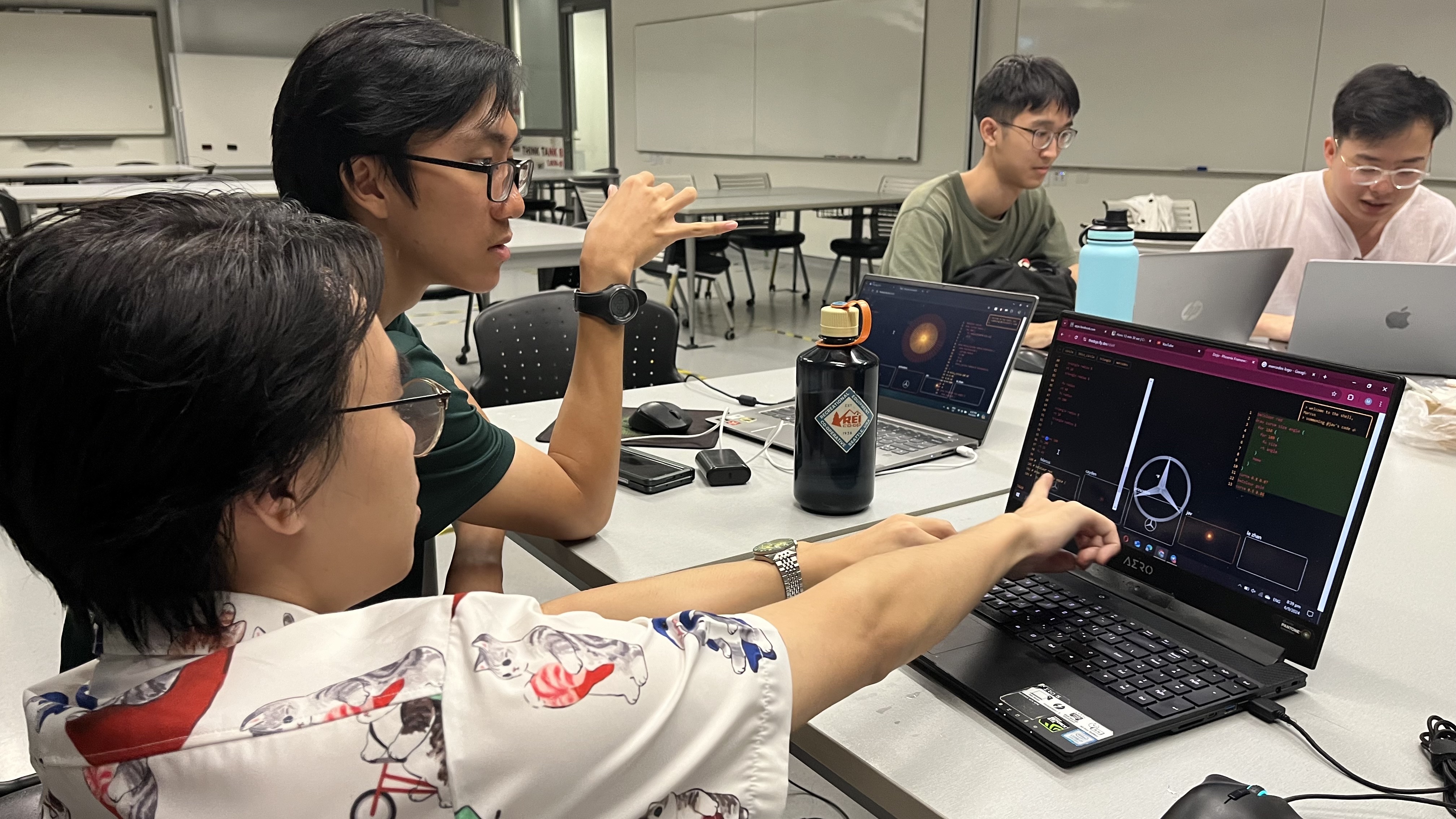
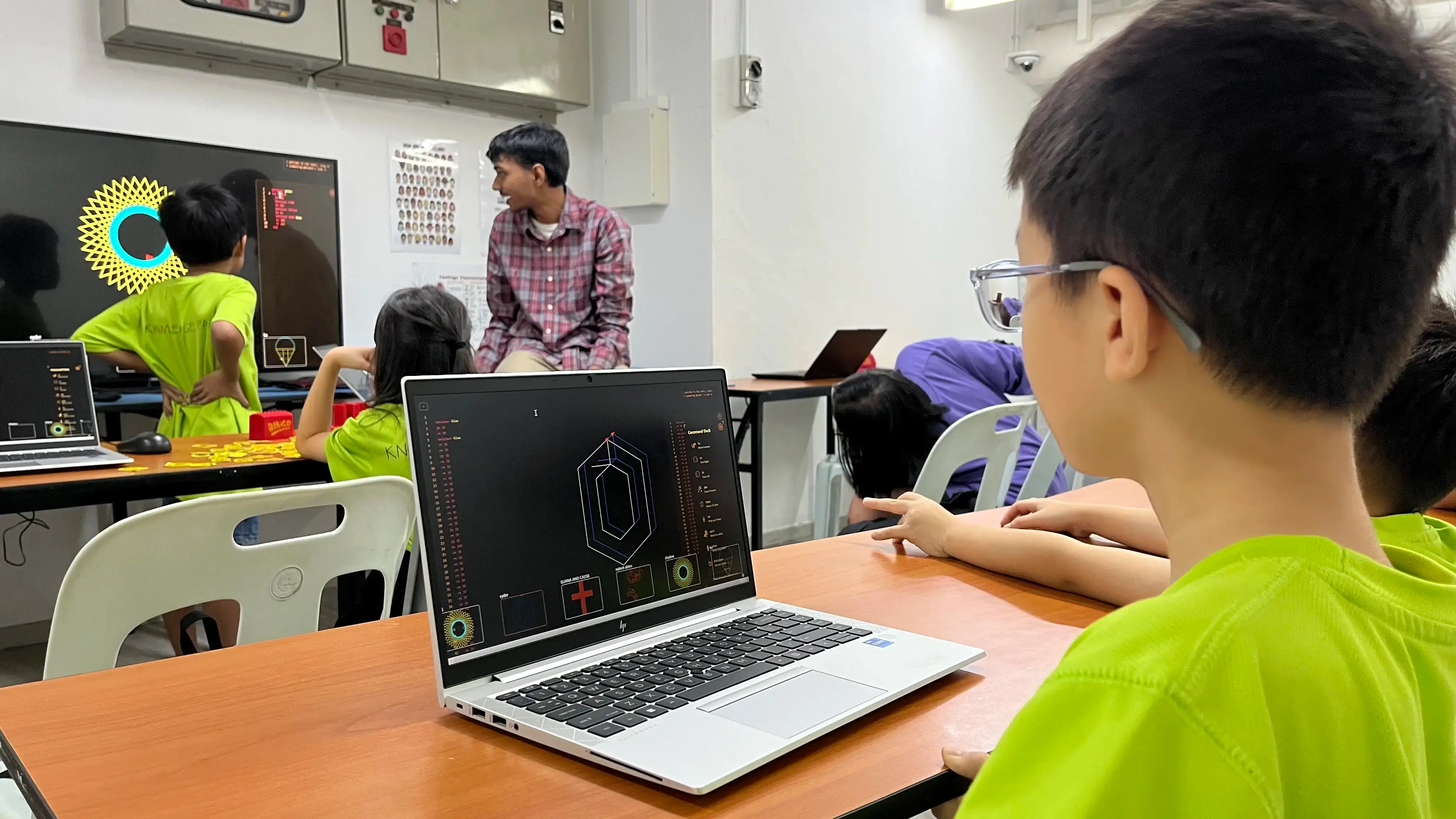
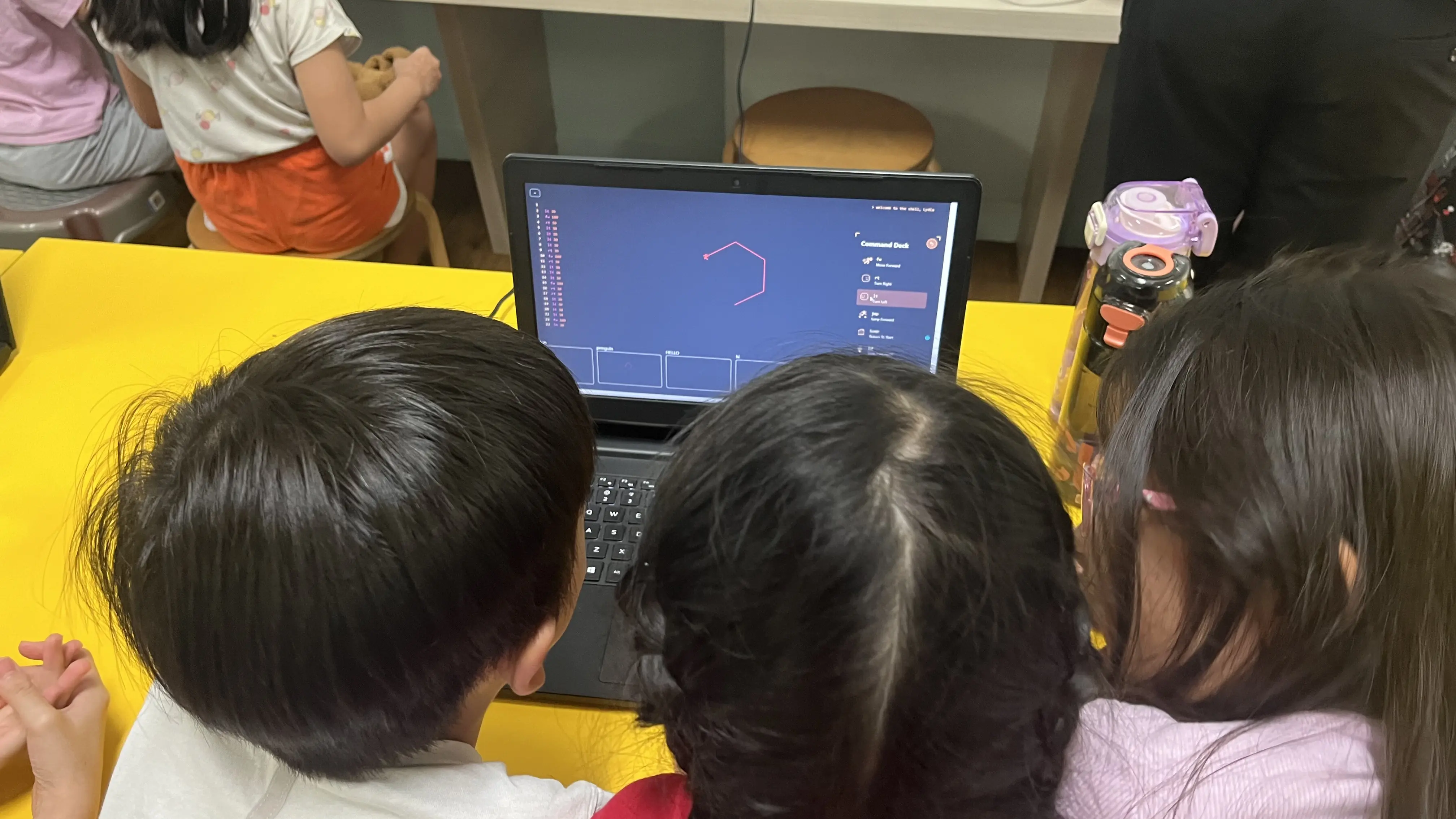
From 1st Principles
We are designing our lessons around concepts learned in school, but from a 1st principles perspective.From uncovering where the "sum of exterior angles" in polygons in geometry comes from,
to rediscovering calculus from a geometric perspective by observing change across the unit circle,
to using algebra and abstraction to form faces that composes proportionally with their friends' eye.
The world of computation and mathematics is very deep and we have only just scratched the surface!
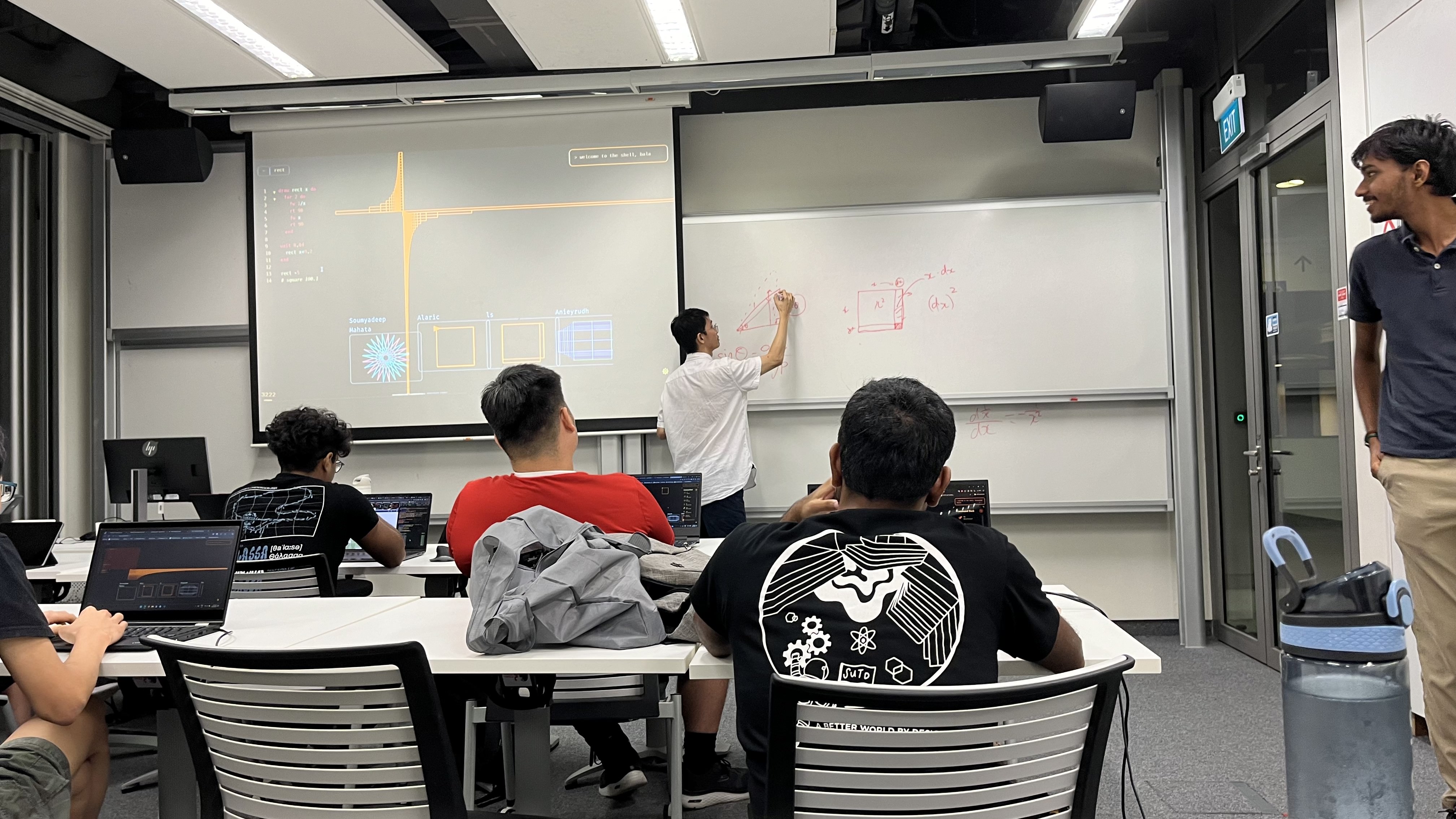
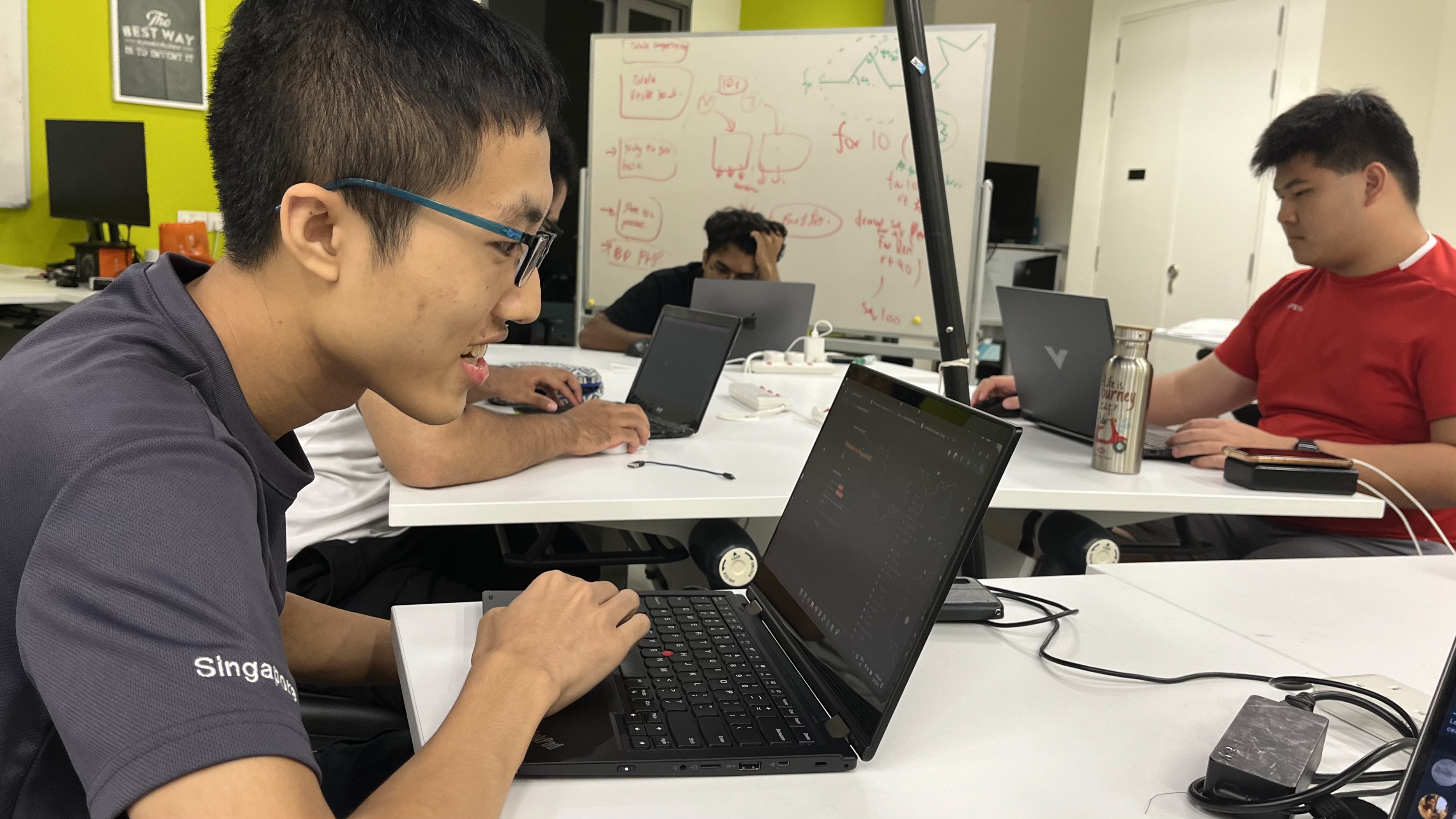
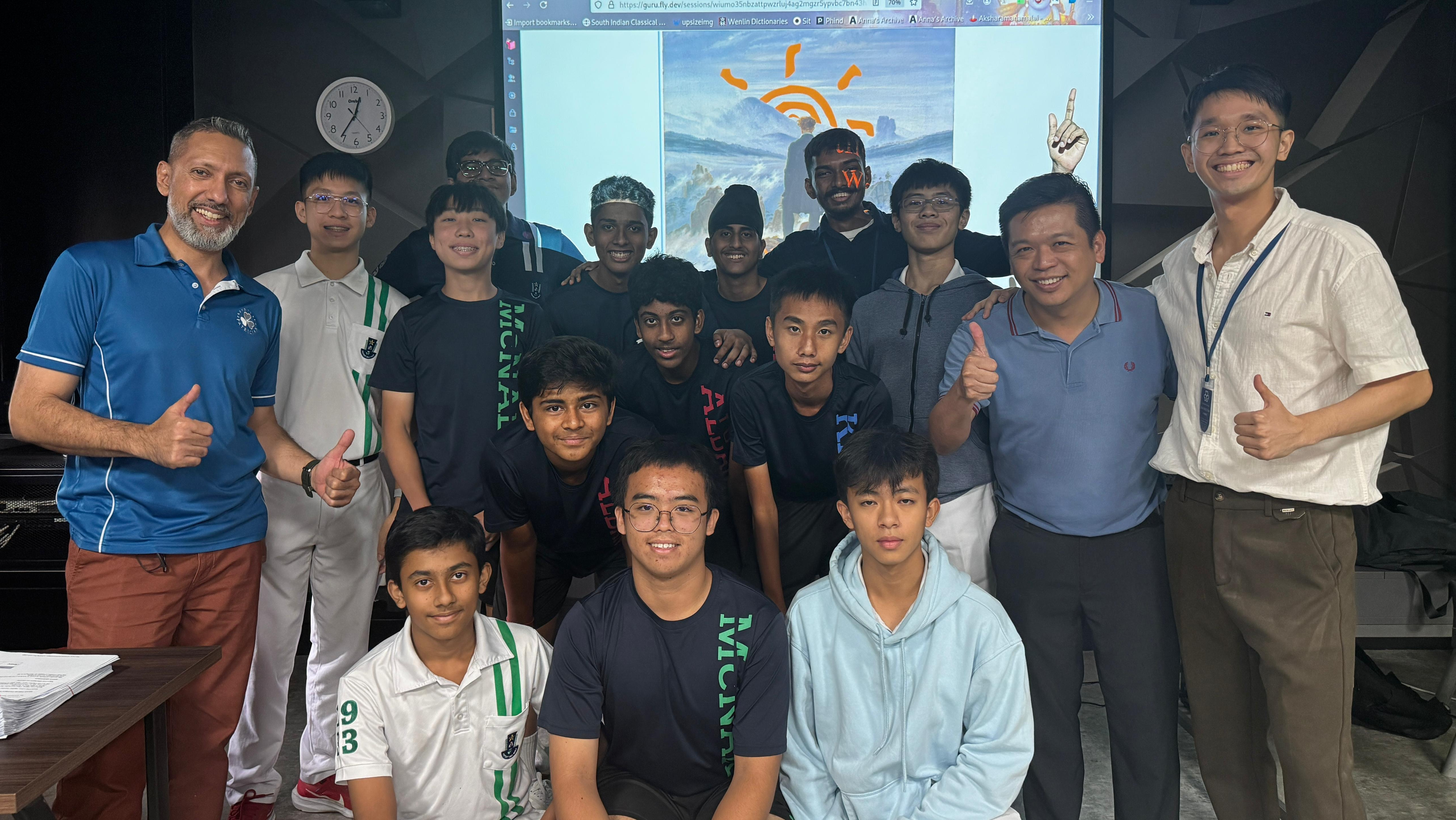
21st Century Competencies
A computational approach pushes students to develop critical, adaptive and inventive thinking (CAIT) skills.1. Critical thinking:
Computation transforms abstract math concepts into interactive problem-solving challenges. Instead of simply memorizing formulas, students must break down geometric patterns into logical steps, anticipate outcomes, and debug errors when results don’t match expectations.
2. Adaptive thinking:
Students will encounter unexpected outcomes when programming, requiring them to adapt their approach. Students will be using math they've learned in school and apply it to a completely new context, serving as a formative test of their understanding. (e.g using exterior angles to make floor tiles)
3. Inventive thinking:
From symmetries to fractals, there are infinite ways to create unique patterns for study computationally. The very act of creating something new with math forces students to think out of the box.
4. Communication & Collaboration:
Students work shoulder to shoulder in a shared collaborative coding environment that allows them to look over their shoulder, push each other, and reason against their classmates' approaches. By sharing their own perspective it becomes the class' shared perspective.
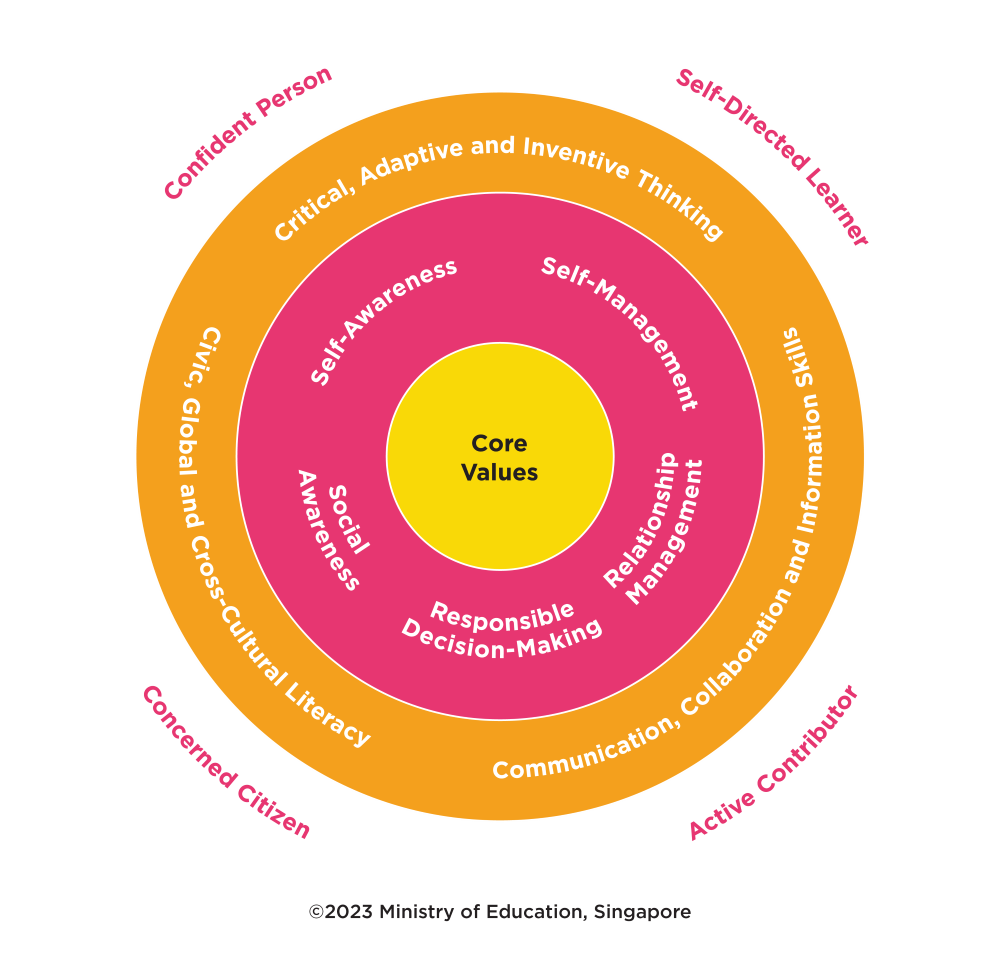
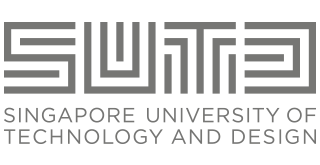


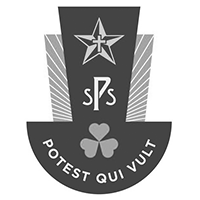
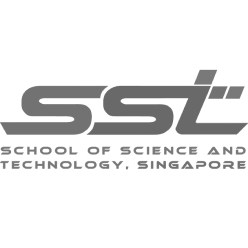
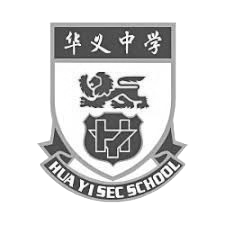








School Engagement Modes
We adapt every engagement to fit the context and student profile of each school. Here are some ways we can kickstart this collaboration with you too:1. Workshop series:
We tailor our workshops for a variety of student profiles. Some students are faster while others need more support. One beautiful aspect about learning through computation is that it's flexible enough to accomodate all.
2. Student-Initiated Learning:
We designed a series of 1hr online lessons to engage students in mathematical exploration. Since we are exploring concepts from a geometrical perspective, students naturally explore ways to build elaborate works of art. The SIL program ends with us laser engraving the mathematical works of art made by students in the final lesson.
3. Lesson Co-designing:
Some math teachers are really inspired by the computation approach and want to explore how they can use it in their classrooms during curriculum time. We work with them to co-design lesson plans according to their scheme of work for the year. These are super exciting as we are pushing the frontier of math education together.